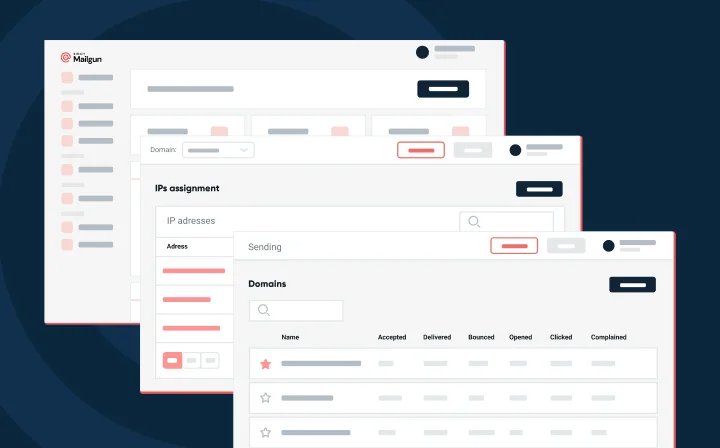Product
Here’s how to track email opens in Gmail with email tracking

Product

Sending email campaigns doesn’t have to feel like you’re throwing darts into a black hole. Email analytics are a great way to determine the health of your ecommerce campaign and if your current email marketing strategy is working.
But how do you get these analytics? Simple: Email tracking. We’ll explain what email tracking is and how you’ll benefit from it. Then, we’ll discuss how to track messages in Gmail.
Email tracking collects data on how your email performs. Is your email delivered? Do your readers spend a significant amount of time on your emails? Do they click through to your web page? Email tracking software can be part of an email service provider’s (ESP) toolkit, an in-house app-based solution, or an extension on your web browser, like Chrome.
Here’s a list of some things you can track in your emails:
Of course, we can’t discuss tracking and obtaining data without mentioning data protection laws like the GDPR. These regulations protect your customers from unethical business practices exploiting their personal data. In fact, some major email clients have implemented their own consumer protection functionalities. For example, Apple offers a Mail Privacy Protection (MPP) feature to allow its users to hide their IP addresses. When implementing email tracking, stay within the bounds of data protection laws.
As you can see, email tracking tools help email marketers gain deep insights into the performance of their email marketing campaigns. Email trackers help marketers measure open rate, click-through rate, click-to-open ratio (CTOR), conversion rate, and engagement rate.
But, email tracking goes beyond these basic insights. Here are some more benefits of email tracking:
Google’s image policy Gmail caches images on its servers. Since ESPs and email marketers often track email open rates by embedding a tiny image pixel in their emails, Google’s image policy changes the data ESPs, and marketers receive.
But what exactly does this mean for email tracking?
We ran a quick test at Mailgun and recorded the results. Previously, pixel tracking provided data on geo-location and email opens. Following the implementation of Google’s image policy, you still have access to information on open events. However, the geo-location and user agent strings show Google’s data instead of your reader’s.
While you’re not going to receive the same kind of information before Google implemented its image policy, you still can gauge your open rates and other important marketing metrics.
Now we know a bit about mail tracking; how does email tracking work in Gmail? Let’s go over a few ways:
Let’s start with one of Google’s in-house tools to track emails in Gmail: read receipts. With this tool, it’s much easier to track open rates. However, it’s limited to Gmail, so this is most useful when sending internal messages within your organization. Follow Google’s directions to allow your readers to turn on read receipts to alert you when they’ve opened your emails.
A tracking pixel is a 1px by 1px square image generated by a line of code in an email. It tracks your readers’ interaction with your message and delivers personalized marketing as your subscribers browse the internet. This harmless and secure 1-pixel square is usually placed in the email header or email footer. Unlike cookies, which are very noticeable and can be disabled, tracking pixels are virtually invisible to email subscribers.
Email tracking pixels are excellent email marketing campaign tools. As a tracking device, it reports back key email marketing metrics for email marketers to gauge their campaign’s health. It tracks your users’ preferences to continue to show them your products when browsing the internet, driving more traffic to your landing page.
But remember, Google’s image policy affects what data you can obtain through tracking pixels. However, you can still determine open rates with tracking pixels.
If using your own tracking pixel doesn’t quite provide you with the information you’re looking for, Google actually has a solution to supercharge your tracking pixel. Use your tracking pixel in conjunction with Google Analytics to track email opens and more. Learn how to boost your tracking pixel with Google Analytics.
Tired of homegrown solutions or hacking together an email tracking tool that works for you? Mailgun offers a free email tracker providing analytics to track all your email metrics. As a full-service ESP, we can help you:
Our Events API helps you track new email events in real-time, like opens and clicks, while our Logs feature provides an overview of your email analytics. Learn how to make email tracking part of your workflow.
Hopefully, you’ve learned some tips to track emails in Gmail.
Ready to get started? Try email tracking with Mailgun for free today or upgrade for unlimited tracking.